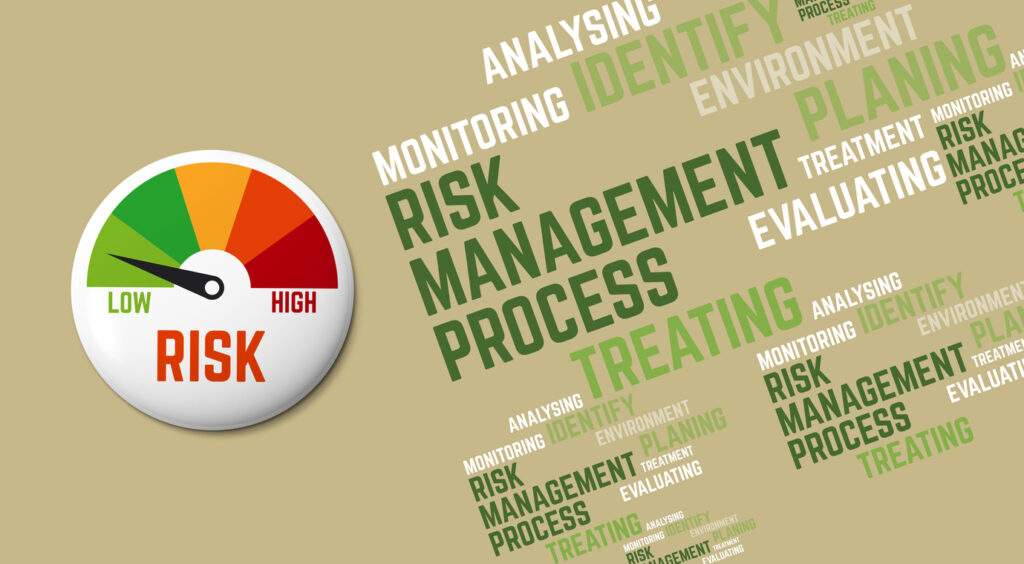Introduction
Much of the work of an environmental practitioner involves identifying and managing risk to the environment in one way or another. As I tell the students I train, when it comes to answering exam questions on control, it’s always helpful to use a framework. Frameworks help ‘spin out’ an answer, making it more detailed than it might be if the issues were considered individually.
A good framework for controlling many different types of environmental problems are hierarchies of control and there are numerous in environmental management and other disciplines such as health and safety and accounting. They work on a sliding scale such that those options at the top are the most environmentally desirable right down to the one at the bottom that are the least environmentally desirable.
The bigger picture
Hierarchies tend to work on the same overarching principles. The first for most is elimination (or prevention) – don’t carry out an activity and get rid of the risk straight away! This is not always feasible, however. The next best option, therefore, is reducing the risk in some way, such as by storing less hazardous substances or substituting the hazardous substance for something that is marginally safer. It does not eliminate the risk to the environment, but minimises it to some extent. After this, it comes down to controlling what is present in some way – perhaps through technology, information or training. Human-orientated controls, such as following instructions, are less desirable compared to technology-based ones.
Source – Pathway – Target
Our first example, largely used to control pollution, is source–pathway–target (SPT). This works on the general principle that the best option is to consider the source of a problem first. Essentially, this covers elimination (getting rid of a noisy machine, for example) or reduction (replacing the noisy machine with a quieter one, or fitting something to reduce the noise). In essence, the pollutant is either not created or is kept close to the source and dealt with there.
Next, we put something in the pathway to block the pollutant or filter it out in some way. The pollutant has been created, but something will stop it from reaching where it causes harm, for example a noise barrier.
Finally, at the bottom of this hierarchy, we have control very close to, or at, the point where it would cause harm, commonly known as the target. This is more about reducing the damage than controlling the pollutant, as it is already in a position where it could cause harm.
Greenhouse Gases
The Institute of Sustainability and Environmental Professionals (ISEP) (formerly known as ISEP (formerly IEMA)) developed a hierarchy for dealing with greenhouse gases (GHGs) a few years ago in their Pathways to Net Zero briefing paper. You can see that it starts with eliminating greenhouse gas production through actions such as transitioning to a different business model, followed by substituting or reducing GHGs (for example, by choosing more efficient equipment), and ends with compensate.
Compensate is particularly interesting, as it largely refers to offsetting, where organisations fund external GHG reduction projects and claim those reductions against their own commitments.
Waste management
This example is quite a specific hierarchy that is used to control waste. There are many versions, all very similar, but the one stated in UK and EU laws starts with preventing and reducing waste, followed by preparing for reuse (actions so that the waste can be reused again such as checking or cleaning), recycling, other recovery (anaerobic digestion and burning the waste and harvesting the heat created being two examples) and disposal.
Final Note
Risk control hierarchies are useful things for a component environmental practitioner as they add a framework of control that allows for elimination, reduction and control of an environmental risk. We have covered three examples here, but there are many more!
John Binns BSc (Hons), MSc, MISEP (formerly IEMA)

John Binns BSc (Hons) MSc MISEP (formerly IEMA) is an experienced environmental tutor and consultant
